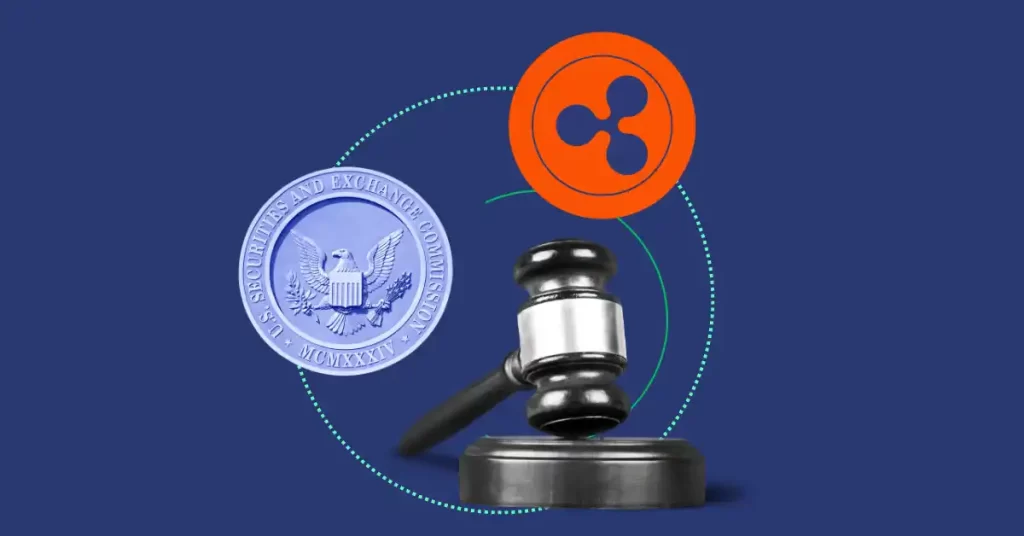— Massa Labs (@MassaLabs) May 2, 2024
Revolutionizing DeFi with Massa’s Autonomous Smart Contracts — Automation Series
Check our latest article!https://t.co/oIAnbWlOEO
An Automated Future: How Massa’s Autonomous Smart Contracts Are Changing the Game
full version at cointribune
The world of DeFi has seen remarkable progress in recent years, largely due to advancements in blockchain technology and the rise of Ethereum. The widespread adoption of smart contracts since their introduction clearly demonstrates that the shift towards crypto finance is both definitive and irreversible. However, despite their potential, smart contracts still face certain limitations that hinder the full realization of blockchain technology’s capabilities. To overcome these challenges, the Massa project has introduced a groundbreaking innovation: Autonomous Smart Contracts. But what exactly are they, and how do they function?
Massa’s Autonomous Smart Contracts: A Closer Look
Massa‘s Autonomous Smart Contracts were developed with the aim of minimizing the reliance on bots, reducing human intervention in smart contract management, and pushing the boundaries of decentralization. Built on a new layer 1 blockchain called Massa, these Autonomous Smart Contracts represent a new breed of smart contracts. Massa’s architecture combines Proof-of-Stake (PoS) and multithread functionality in parallel blocks, seeking to solve the notorious trilemma of scalability, decentralization, and security.
What sets Massa’s Autonomous Smart Contracts apart is their ability to execute automatically and operate entirely without triggers or servers, thanks to the innovative functions stored within them. Moreover, these smart contracts can store data, allowing other smart contracts to access it later – a true innovation in blockchain technology. This model not only enhances decentralization but also improves scalability.
The Benefits of Autonomous Smart Contracts
Traditional smart contracts remain dormant until a blockchain user triggers an event to “wake up” the smart contract, prompting a bot to take over its management. However, this method is not without its drawbacks: bots are susceptible to errors, and servers are vulnerable to hacking. In contrast, Massa’s Autonomous Smart Contracts can operate completely autonomously, significantly reducing the need for manual intervention or centralized management. Additionally, they can respond to both on-chain and off-chain events and function seamlessly within an interoperable and interconnected environment. These features elevate blockchain automation to another level.
The Transformative Impact of Autonomous Smart Contracts in Web3
The unique characteristics of the Massa blockchain, combined with the advantages of its Autonomous Smart Contracts, open the door to a new wave of innovations across various sectors, including DeFi, gaming, NFTs, governance, payments, and blockchain interoperability. In essence, the Massa blockchain represents the future of the decentralized web.
With Autonomous Smart Contracts, developers can now create self-sustaining, automated protocols that feature self-adjusting and self-governing capabilities based on dynamic data. By offering such a sophisticated, robust, and interoperable infrastructure, the Massa blockchain has the potential to become the go-to platform for building the dApps of tomorrow.
It’s worth highlighting that the mainnet’s targeted throughput of 10,000 transactions per second effectively addresses the issue of scalability. The Web3 universe now awaits this groundbreaking innovation of the first Autonomous Smart Contracts on Massa.






